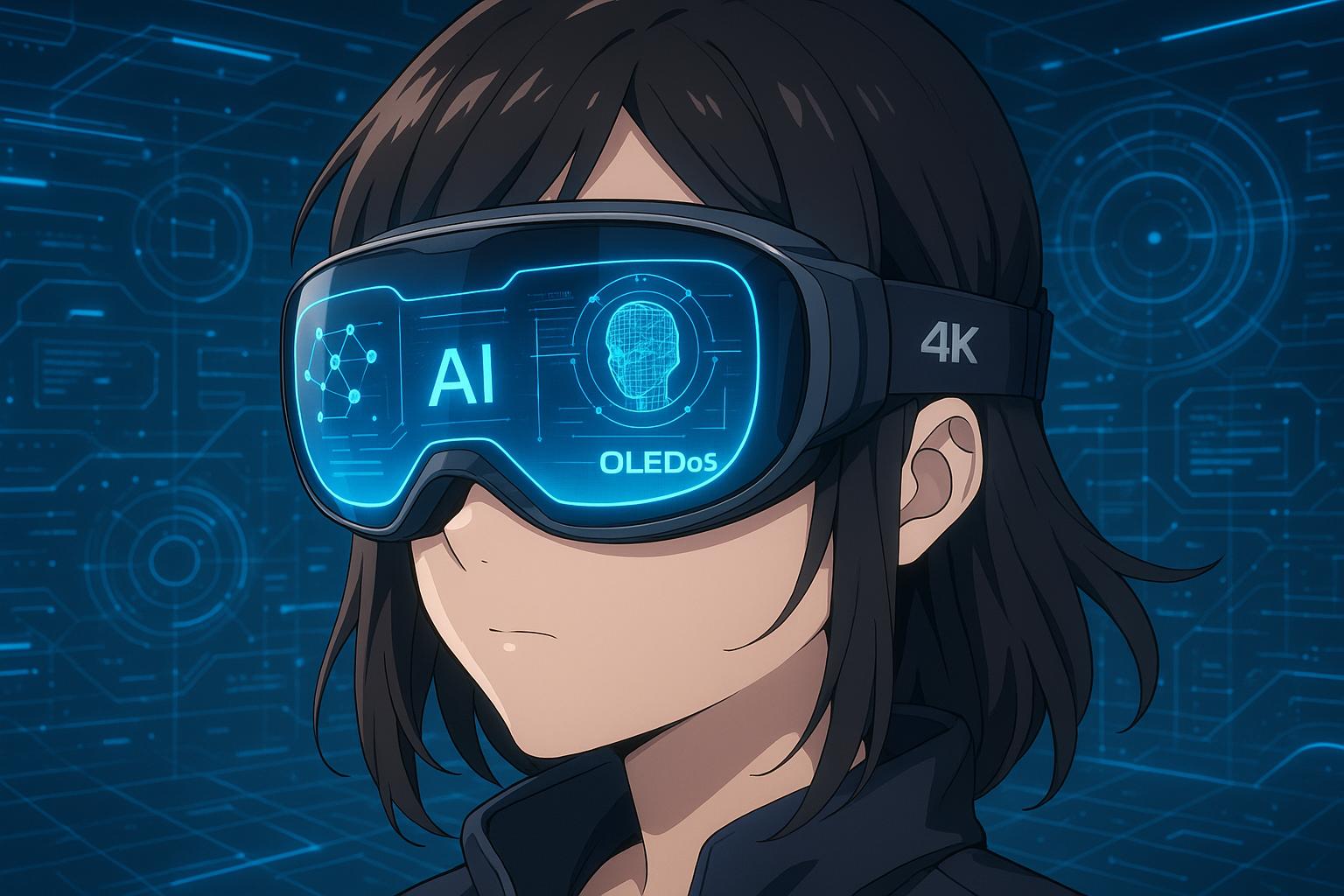As the tech world anticipates the arrival of Project Moohan, an upcoming Android XR headset jointly developed by Google and Samsung, new insights into its specifications have emerged. A recent benchmark leak indicates that the headset will be powered by Qualcomm's Snapdragon XR2+ Gen 2 chipset. This processor, revealed in early 2024, is engineered to support advanced virtual and augmented reality functionalities while delivering impressive performance. The listing points to a configuration that includes 16GB of RAM and an Adreno 740 GPU, promising a robust experience for users seeking immersive digital environments.
The Snapdragon XR2+ Gen 2 is particularly noteworthy for its capabilities. It not only enhances graphical performance but also supports full-colour see-through technology, designed to reduce latency in video input—an essential feature for applications in both virtual and mixed-reality scenarios. With expectations for Project Moohan to run on Android 14, fine-tuned for XR applications, observers are keenly awaiting its launch in the latter half of this year.
In a demonstration at Google I/O 2025, attendees were introduced to various features of Project Moohan, including notable integration with Google’s Gemini AI. This advanced AI facilitates context-aware interactions through voice and gesture recognition, markedly improving user engagement. The platform ultimately aims to unify a range of experiences under the XR banner, which encompasses virtual reality, augmented reality, and mixed-reality applications. Alongside Project Moohan, Google’s Android XR initiative appears to be a strategic move to regain a foothold in the XR market following previous challenges with products like Google Glass and Daydream.
Samsung's Project Moohan is set against an evolving backdrop of XR technology advancements. The headset’s design, reminiscent of traditional ski goggles and similar to Apple's Vision Pro, is indicative of the current trends in XR aesthetics. Speculation regarding its display technology suggests it may integrate Sony's cutting-edge 4K OLEDoS panels, boasting an exceptional pixel density of 3,800ppi, thus surpassing competitors in visual clarity.
As the Mobile World Congress (MWC) 2025 approaches, expected to take place from March 3-6 in Barcelona, Samsung will officially unveil the Project Moohan headset. Although pricing and availability details remain undisclosed, the MWC offers a timely platform for showcasing the device with live demonstrations, allowing firsthand experiences for attendees.
Moreover, the growing interest in XR technologies is mirrored by Samsung’s efforts to develop supplementary devices. Rumours of an accompanying pair of smart glasses, coded 'Haean', suggest a commitment to diversifying the ecosystem around Android XR. These glasses are anticipated to combine comfort with functionality, incorporating features like gesture control aided by an onboard camera and other sensors.
Both Project Moohan and the potential introduction of smart glasses underscore the momentum building in the XR landscape. As developers and consumers alike await further announcements and the official launch, it is clear that the convergence of AI capabilities and XR technology is poised to redefine user interaction in a digital context.
Reference Map:
Source: Noah Wire Services
